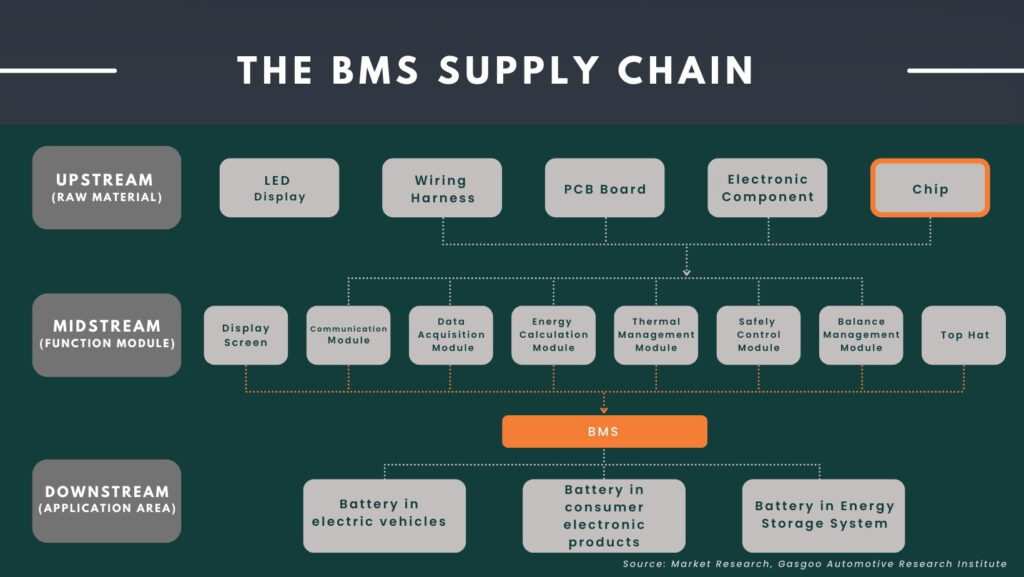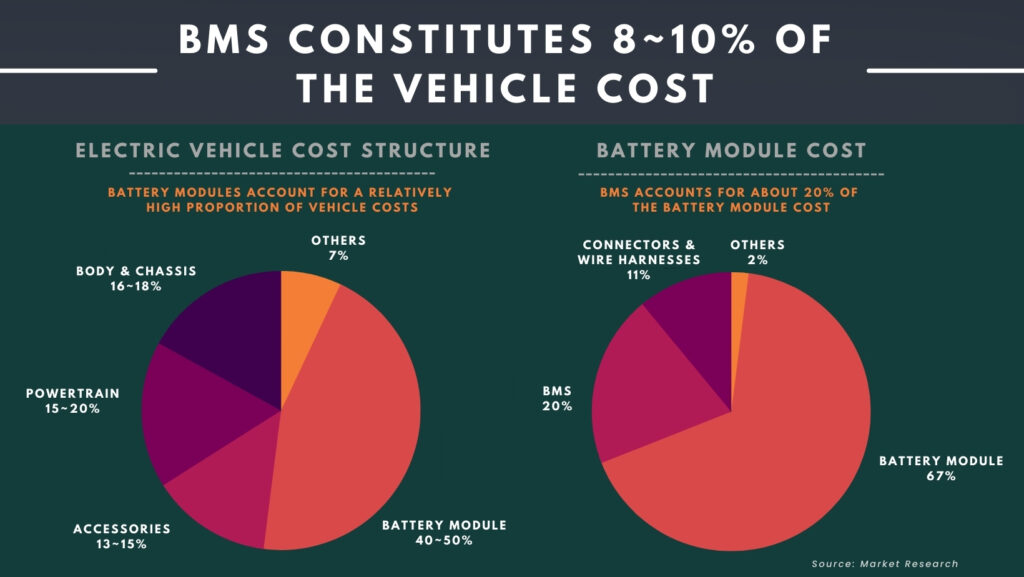Under the premise of "Software-Defined Vehicles" (SDV), the MIH Consortium is committed to the transformation of the automotive and mobility industries with strong global partnerships and cooperation. We have a new "MIH Insights" column that shares the latest trend in EV technologies every month with our members. Governments around the world are promoting sustainability and energy efficiency and we can see the electric vehicle market is booming. We invited the MIH Technical Development Advisor, Eric Huang, to talk about the promising trends in energy management.
Energy management is the process of tracking and optimizing energy consumption. There are three main topics: Batteries, Open Battery Management System (Open BMS), and Power Grid. As we all know, the battery is one of the key components of an electric vehicle. Simply put, the software that controls the connected battery packs is BMS, which is designed to manage and optimize the use of the battery system so electric vehicles can operate safely and efficiently. The electric vehicles with many built-in batteries are no longer just "vehicles", but also energy storage systems. Therefore, more and more companies currently focus on "Vehicle-To-Grid" (V2G) technology which is smart charging tech that allows vehicles to store power during off times and feeds it back to the power grid during peak demand.
Open BMS defines a communication interface, aiming to create a unified specification
At present, the BMS market is quite popular and competitive. There are many players, such as startups, automakers, batteries manufacturers, and semiconductor companies everywhere. Each company has its own system, which is also a big challenge. Just like in the past, different computer and mobile phone brands had different charging specifications for their products, but now the charging specifications for PCs and mobile phones have been unified into one or two types. The MIH consortium is collaborating with partners and defining architecture and communication interfaces to create MIH's open standard BMS system (Open BMS).

In addition to the above-mentioned goal of creating a unified specification, MIH Open BMS also has a different focus from other BMS systems. We are trying to integrate the BMS system with external information, for example, road conditions and drivers' driving habits. The traditional BMS is to estimate the predicted value of the available power according to the current battery condition, but we believe that we need to add more information, such as the uphill or downhill road conditions. We consider the user's driving habits as well. For example, drivers like to step on the accelerator hardly or drive mildly. After integrating important information, the prediction and optimization benefits of BMS can be improved, so that electric vehicle users can get a better experience.

Integration of renewable energy, energy storage, and charging infrastructure
The power grid is also a major trend. Clean energy from solar and wind energy is increasingly being integrated into the grid by utility companies around the world. The policies of various countries in the world also tend towards renewable energy, but the electricity generated by renewable energy might be wasted easily if it is not effectively stored. Therefore, matching renewable energy with energy storage systems has become a global consensus. Electric vehicles may also be transformed into energy storage systems. When the electric vehicle is not in use, the power can be sent back to the power service company to achieve the optimization of the power grid. For example, when a power outage occurs suddenly, your electric vehicle can provide power to cope with the inconvenience caused by the short-term power outage. We can see many potential applications of V2G services in the near future.
MIH Consortium has been working with Taiwan Electric Power Company (Taipower) and announced a V2G demonstration project in 2021. MIH collaborates with Taipower on innovative applications in V2G, allowing services for electric vehicles to be agile and user-centric. Leveraging Taipower's energy trading platform, together we are working towards a vision for Taiwan's carbon neutrality and industry electrification. Our goal is to develop relevant standards for energy storage systems and charging piles. We can expect that through the technologies developed by MIH and partners, three goals can be gradually achieved: to enhance the development of the electric vehicle industry, and more importantly, to reduce the burden and impact on the power grid caused by the popularization of electric vehicles, and when the power grid is insufficient, the energy storage of electric vehicles can be used as a backup power source.
Regardless of the improvement of electric vehicle battery technology, the development of Open BMS, or the innovation of V2G applications, they are crucial parts of the development of the new generation of electric vehicles. The MIH consortium hopes to increase battery capacity, reduce battery cost, effectively store energy, and popularize charging pile infrastructure through technology development. We are excited about moving towards a new green future, and sincerely hope to invite more partners, whether they are battery cell manufacturers, battery module manufacturers, or energy storage equipment manufacturers, to transform the automotive industry and realize the vision of an open EV platform together.
 Eric Huang, Technical Development Advisor
Eric Huang, Technical Development Advisor
![[Expert Views] How Tesla Explores its Patent Assets](https://www.mih-ev.org/s3/mih%2Fwp-content%2Fuploads%2F2023%2F01%2FWispro-Expert-Views.png)
Wispro
2023-05-26

MIH Consortium
2023-03-20

MIH Consortium
2023-02-22